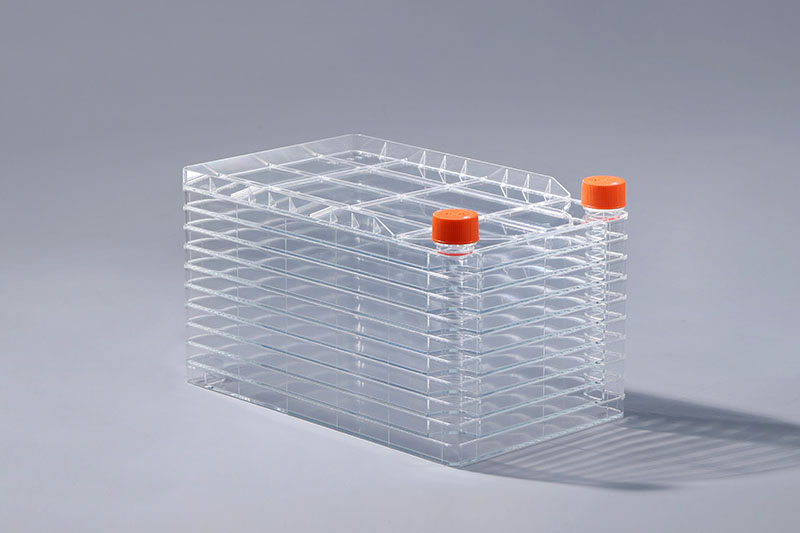나노박테리아는 종종 세포 배양에서 발견됩니다. 세포가 오염된 후, 부착 성장은 단기간에 영향을 받지 않으며 배지는 박테리아 및 곰팡이와 같이 빠르게 노랗거나 탁해지지 않습니다. 그렇다면
오염이 있으면 어떻게 해야 할까요? 나노박테리아에 대한 명확한 결론은 없으며 일반적으로 흑질은 여러 가지 이유로 인한 세포의 악화. 필터 멤브레인을 관통하거나 공기를 통해 퍼질 수 있습니다. 저배율에서는 검은 점들이고, 고배율에서는 검은 벌레들이 헤엄치는 모습을 볼 수 있습니다. 배양 배지도 탁하지 않고 일반적으로 너무 영향을 받지 않으며 세포를 계속 사용할 수 있습니다. 일반적으로 세포는 잘 자라며 관찰된 움직임은 크게 증가하지 않으며 배양액의 색상 및 투명도에 뚜렷한 변화가 없습니다. 유사한 현상이 동일한 배치의 혈청-양상 세포에서 발견될 수 있으며 세포 성장 상태는 크게 영향을 받지 않습니다. , 세포 증식이 왕성한 후에 자연적으로 사라집니다. 때때로 관찰된 동물의 움직임이 눈에 띄게 증가하고 세포 상태가 악화되어 결국 사망하기도 합니다.
세포 공장의 세포가 Nanobacteria 에 의해 오염되어 세포에 큰 영향을 미치는 경우 상태, 정상적인 상황에서 직접 폐기해야 합니다. 세포가 매우 귀한 경우 프리마퀸, 설파, 테트라사이클린, 베닐로 세척할 수 있으며 고품질의 일회용 세포 배양 소모품 및 관련 배양 시약을 가능한 한 빨리 교체할 수 있습니다.
세포 배양을 위해 세포 공장을 사용할 때 나노박테리아 오염 방지의 핵심은 해당 배양 시스템에서 혈청을 방지하는 것입니다. 배양 시스템의 많은 혈청이 열 불활성화 처리를 거쳤습니다. 폴리머는 작은 입자와 브라운 운동 때문에 생물학적으로 간주됩니다. 따라서 혈청이 녹는 과정에서 gradient 처리를 해야 하며 4°C에서 최대한 천천히 녹여야 한다.
The FAI climbed 5.9 percent year-on-year in the first 11 months of 2018, quickening from the 5.7-percent growth in Jan-Oct, the National Bureau of Statistics (NBS) said Friday in an online statement.
The key indicator of investment, dubbed a major growth driver, hit the bottom in August and has since started to rebound steadily.
In the face of emerging economic challenges home and abroad, China has stepped up efforts to stabilize investment, in particular rolling out measures to motivate private investors and channel funds into infrastructure.
Friday's data showed private investment, accounting for more than 60 percent of the total FAI, expanded by a brisk 8.7 percent.
NBS spokesperson Mao Shengyong said funds into weak economic links registered rapid increases as investment in environmental protection and agriculture jumped 42 percent and 12.5 percent respectively, much faster than the average.
In breakdown, investment in high-tech and equipment manufacturing remained vigorous with 16.1-percent and 11.6-percent increases respectively in the first 11 months. Infrastructure investment gained 3.7 percent, staying flat. Investment in property development rose 9.7 percent, also unchanged.
 English
English



















































